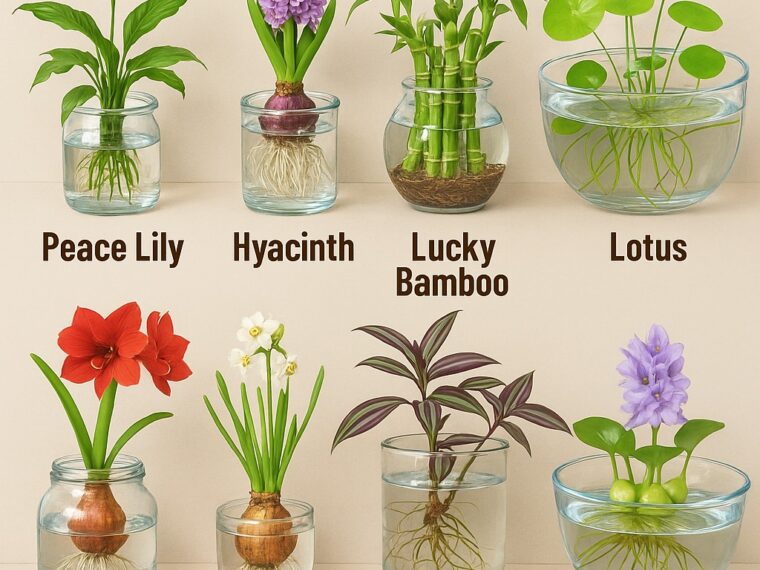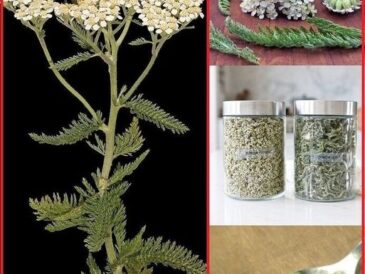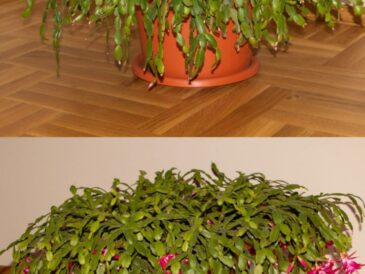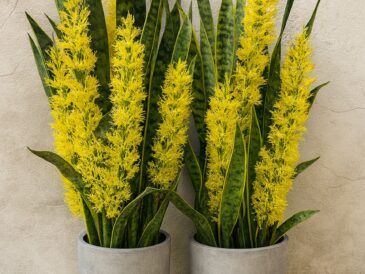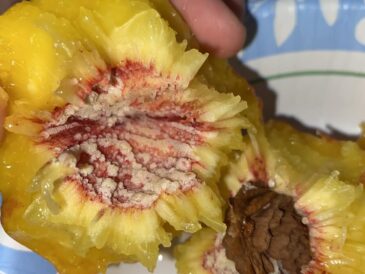#11. English Ivy

Your next indoor water garden plant might be English ivy. Its cuttings can be grown for a very long time in vases.
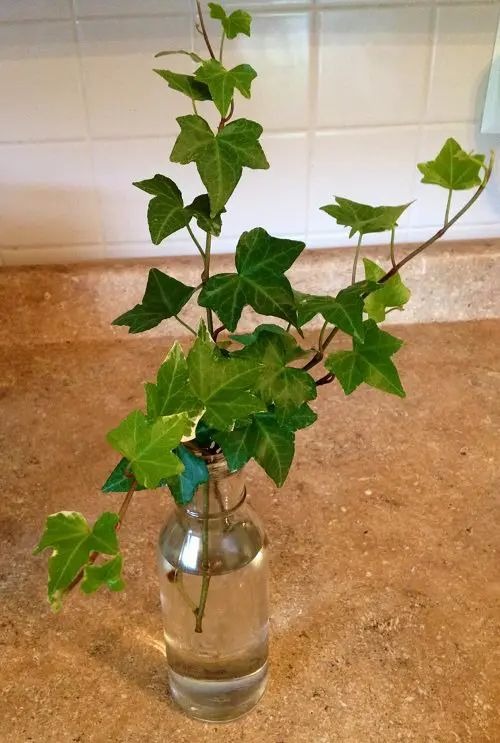
Cut off all of the lower leaves from an ivy stem, then place the leaves in a glass jar and enjoy it on a sunny windowsill. It is among the best indoor plants that can grow in water.
#12. Spider Plant

Many people love the spider plant (Chlorophytum comosum) because you never need to buy another once you have one. Spider plants produce tiny offshoots from the tips of their stems as they grow. With clean shears, you can cut off these spider-like babies and grow them in a small glass of water.
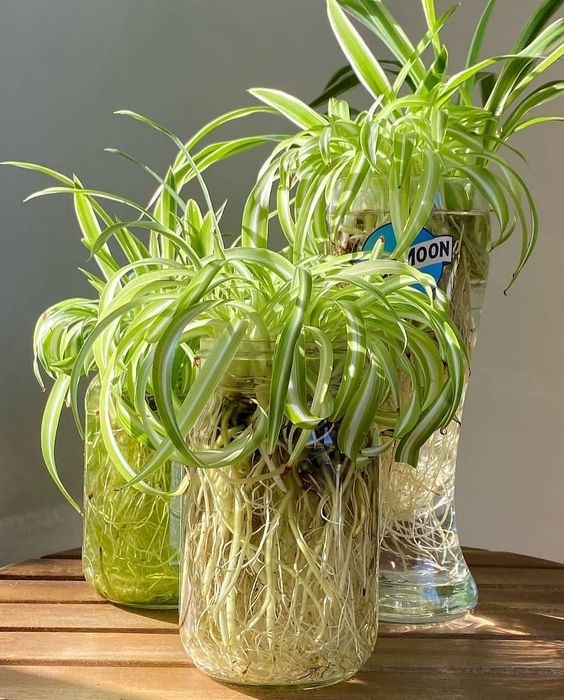
This easy-to-care plant adapts to medium to bright light. Its arching leaves can reach a height of up to 15 inches tall and bloom in spring and summer.
#13. Dracaena

The leaves of dragon trees (Dracaena marginata) are thin and have a thick stem. All you need to do to propagate your own tree is to take a stem cutting from the parent plant and store it in a clean, barely-filled glass of water.

It likes temperatures between 0 and 80 degrees Fahrenheit. You should watch out for yellowing leaves as they indicate issues that should be solved right away.
#14. Peace Lilies

With their elegant white blooms and dark green leaves, peace lilies are not only beautiful but also well-suited for water propagation. To propagate, take the plant out of its pot and use running water to clean the roots. Make sure that the plant’s roots are the only part submerged in water.

To maintain the health of the plant, it is advised to change the water completely every two weeks and position the container in a spot with bright, indirect light.
#15. Chinese Money Plant

Chinese money plants, coin plants or pan-cake plants get their name from their coin-shaped foliage. You can move an established plant with roots into a water-filled container, or cut a stem cutting and place it in the water. After a few weeks, the stem will start to grow roots.
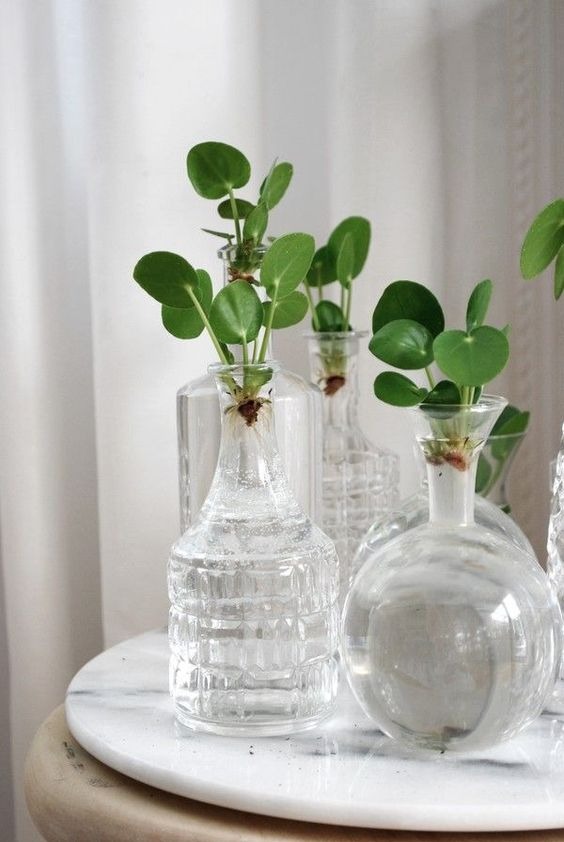
Apply fertilizer to your houseplant once a month to replenish the nutrients that are being lost from the soil or rainfall. Every two weeks or sooner change the water if it seems murky.
#16. Dieffenbachia
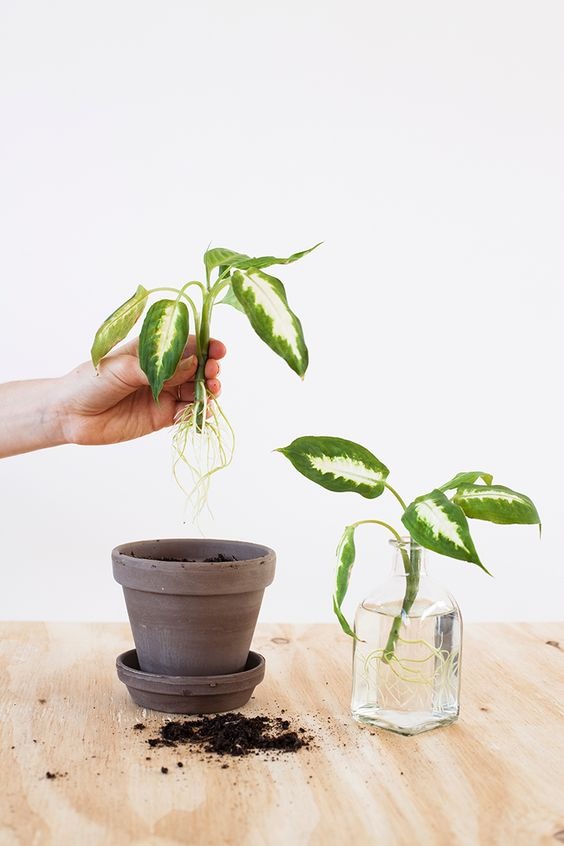
Dieffenbachia, also known as dumbcane plants, are most recognized for their tall growth and leaves. With proper care, you can grow this plant indoors with ease. Growing it in a regular potting mix or with just water is both acceptable.
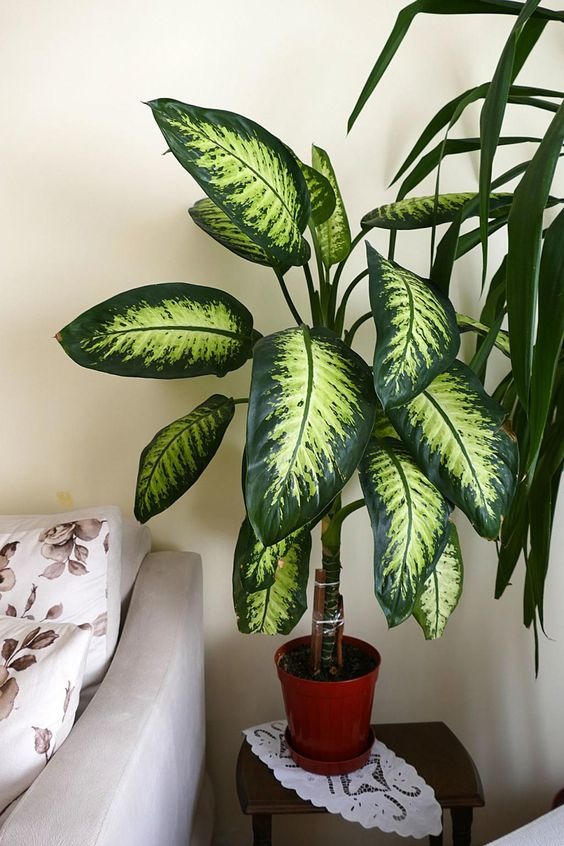
Dumb cane plants don’t grow as quickly in water as they do in soil, but they will grow beautifully if fertilizer is applied every few weeks while the plant is in the growing season.
#17. Arrowhead Vine

As a houseplant, arrowhead vines grow all year round. As it ages, its leaf structure transforms, going from a straightforward arrow shape to a deeply lobed leaf.
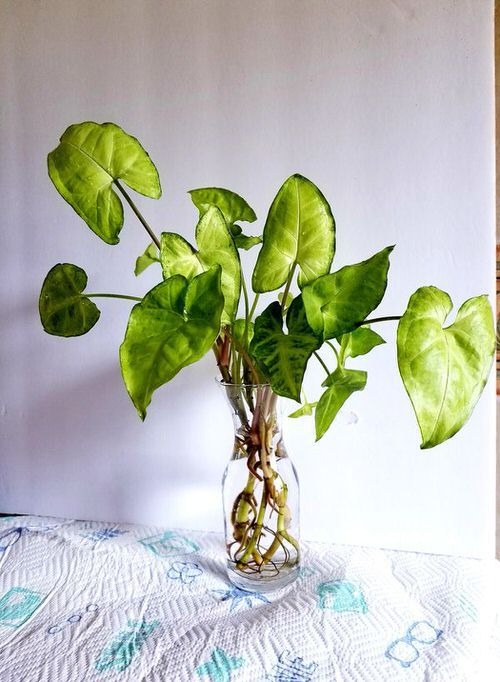
It is easy for arrowhead plants to grow in water. At a node – which resembles a bump on the stem – cut a mature, healthy stem below it. Submerge the sliced end into the water. It won’t take long for roots to begin sprouting.
#18. Paperwhites
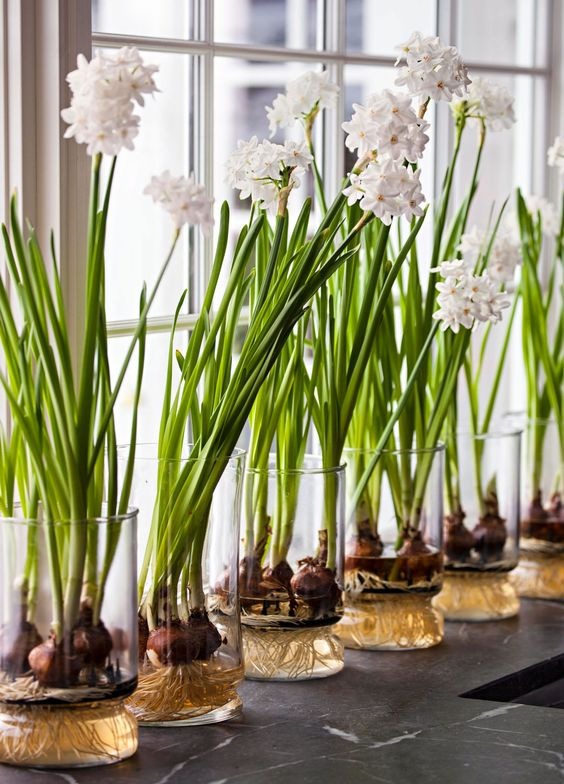
If you know how to grow them, paperwhites (Narcissus papyraceus) make a beautiful blooming houseplant. This plant, which grows well in a container with water, has clusters of tiny white flowers on thin stems.
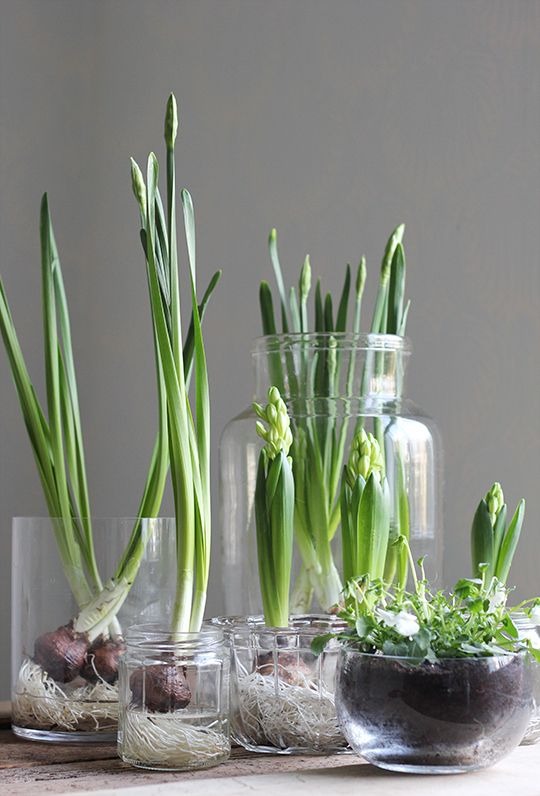
Place the bulb in a stone-filled dish, and add water to it. After the flowers die, you can repeat the process. The flowers will bloom for a few weeks.
#19. Caladium

Most commonly, people grow caladium for their foliage rather than their flowers. These plants have long, variegated leaves that can be red, pink, green, cream, or white.
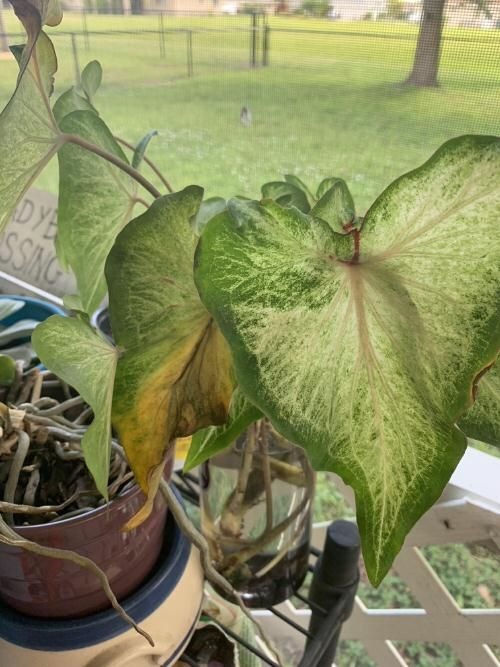
To your surprise, it is one of the indoor plants that can grow in water. Just carefully take the entire plant out of its pot and remove any dirt from the roots. Put the stems and roots of the plant in a vase or jar with fresh, unchlorinated water.
#20. Wandering Jew

Wandering Jews spread like weeds in warm climates. They are attractive houseplants because of their amazing purple hue and variegated varieties.

When growing in water, you should place a glass vase or jar on a window sill or tabletop, where the plant can get bright, indirect sunlight.
Indoor plants that can grow in water can add some greenery to your indoor space while decreasing the demand for soil, pots, or fertilizers. Finally, we hope you’ve found this article informative and inspiring. And if you’re interested in trying out this method of gardening, we encourage you to pick one or more plants from our list and give it a go. You’ll be surprised by how easy and rewarding it is to grow plants in water.
